If you don’t have much of a credit rating, or you don’t have any credit at all, there’s no “simple” button to push to certify for the finest credit cards. But it also doesn’t have to be as difficult as you might believe.
Around 1 in 8 Americans (13%) say they do not have any credit report, according to a NerdWallet survey. Numerous of them have attempted to construct a history however aren’t making progress or aren’t sure where to start.
Here are 3 actions to get on track to good credit and a fantastic charge card. These steps won’t necessarily work for everyone, especially those with broken credit. But it’s a course worth taking for those with little to no credit history.
- Get a Credit-Builder Loan
Though they’re not commonly marketed, credit-builder loans are an easy tool to demonstrate excellent credit habits and begin intensifying your credit profile.
With a standard loan, the loan provider provides you cash up front, and you pay it back in installments. A credit-builder loan works in reverse: You pay the loan provider monthly installations, then you get the money back at the end. You’re essentially providing yourself money, and because the payments are reported to the credit bureaus, it builds your credit.
Even if you have been rejected for a personal loan in the past, you have a good shot at a credit-builder loan. The lender isn’t putting its own money in danger, and it holds your cash in a savings account up until the loan is fully paid. When the lender is protected like that, it can make these loans available to people with thin credit or no credit.
The secret is to make all of your payments on time. Do that, and your credit reports will get an increase of favorable data. Make simply one late payment, though, and it will also show up on your credit report. That can undo a lot of the positive momentum constructed by on-time payments. That’s since your payment history represents 35% of your credit score.
Similar to a standard loan, you’ll pay some charges to take the benefit of a credit-builder loan. Try to find a regional credit union or online loan provider to discover a credit-builder loan that you can make work with your regular monthly spending plan. Loan terms usually last a minimum of 6 months but can extend as long as 24 months.

2. Open a Safe Credit Card
When you have made all the payments on your credit-builder loan, you’ll get a good sum of cashback from the loan provider. It’s all the cash you have paid, plus a little interest to boot.
Rather of costs that small windfall, take it and use it as a deposit on a secured charge card.
These cards work like a regular charge card, with one key difference. Protected charge cards need a cash security deposit, which is typically equivalent to your credit limit. The deposit secures the lending institution, so it’s able to extend credit to those with little to no history.
Usage your brand-new secured charge card to make regular, small purchases, then pay them off right away. Your activity on the card will get reported to the credit bureaus. Pay your expense on-time monthly and keep your balance low, and your credit ought to benefit.
Financial educator and author Shanté Nicole Harris went this route. After enduring a medical crisis, divorce, and joblessness, Harris was desperate to take control of her financial resources and build her credit. “I began with a protected charge card with just a $300 limit and a $29 annual cost,” she stated. “After one year of utilizing the card properly, I was updated to an unsecured credit card.”
In time, Harris constructed a FICO credit score in the mid-700s, thanks in part to using a protected charge card. She went on to end up being a credit counselor to help others enhance their monetary health. Harris now runs a service called Financial Common Cents, and often provides these recommendations to those she deals with: “Start with a secured card, despite the fact that it has an annual charge, to make yourself a course towards the unsecured cards you desire without any costs.”
3. Obtain an Excellent Card When Your Credit Improves
Check your credit history periodically to see how you’re doing. Many sites allow you to see your rating for complimentary, so it’s OKAY to check as often as you desire. (But no need to go overboard; as soon as a month is plenty.)
As soon as your score improves, you’re all set to graduate to a conventional unsecured credit card and get your deposit back. The company of your secured card might have unsecured cards you can upgrade to. If not, look somewhere else. The better your rating, the much better the cards you’ll qualify for. The top credit cards typically need good to outstanding credit– typically specified as a rating of 690 or above– but credit scores alone do not ensure approval.
When you do get authorized for that charge card you desire, try to treat it like a debit card: Use it for the spending you were going to do anyhow– rather than splurging because now you can roll debt from one month to the next– and pay your expense completely and on time every month. Continue to monitor your credit report routinely, and your credit will continue riding high up on all that effort you did.

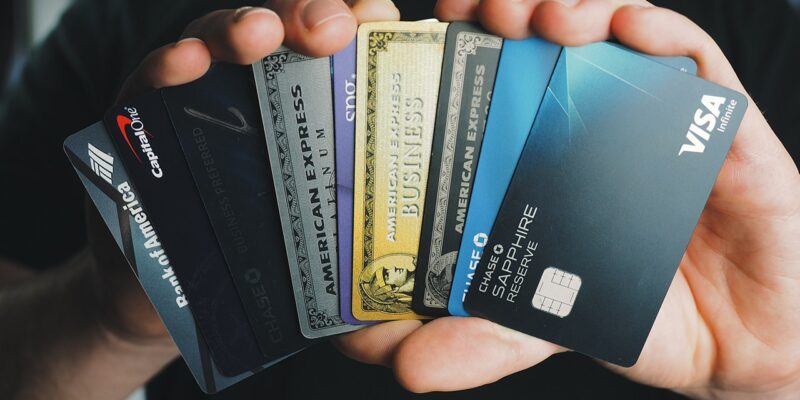

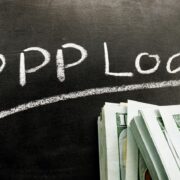

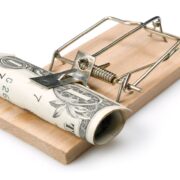
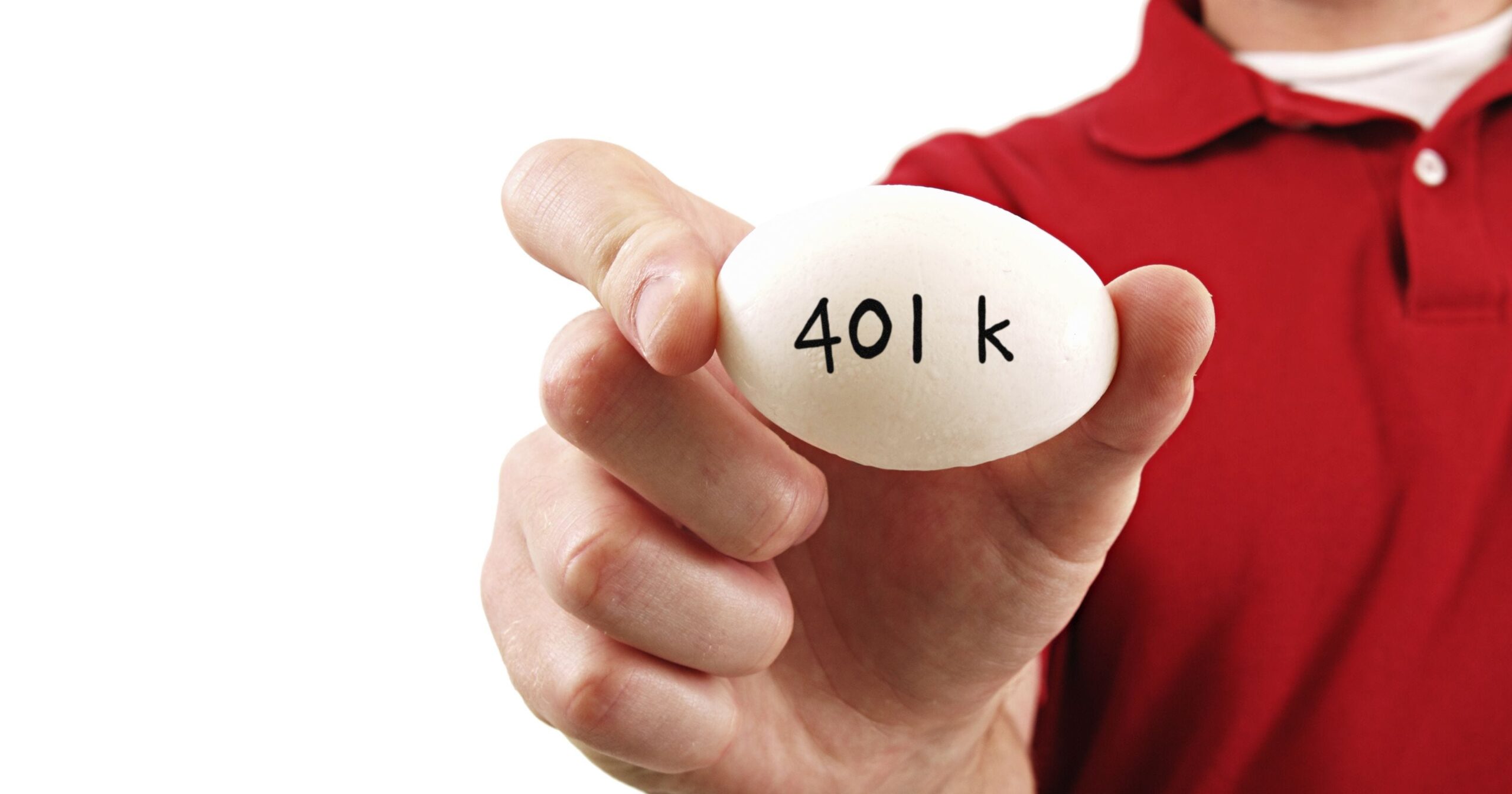

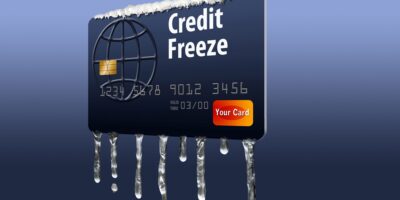
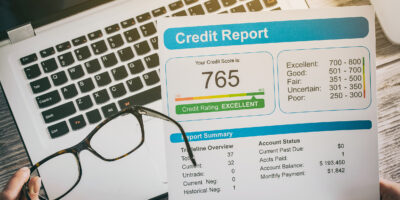



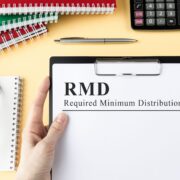






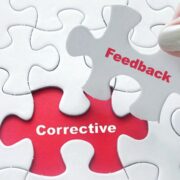



Comments